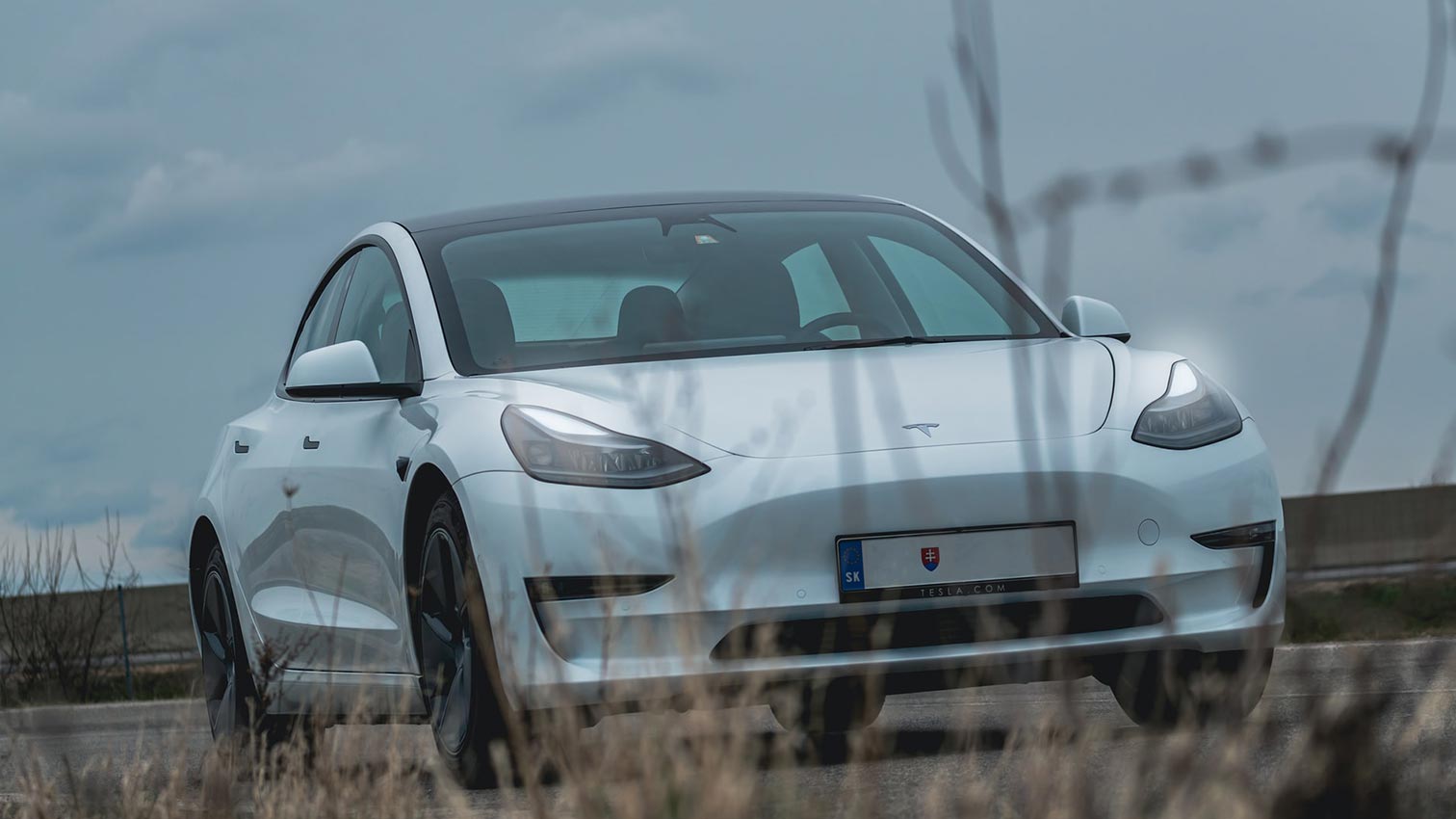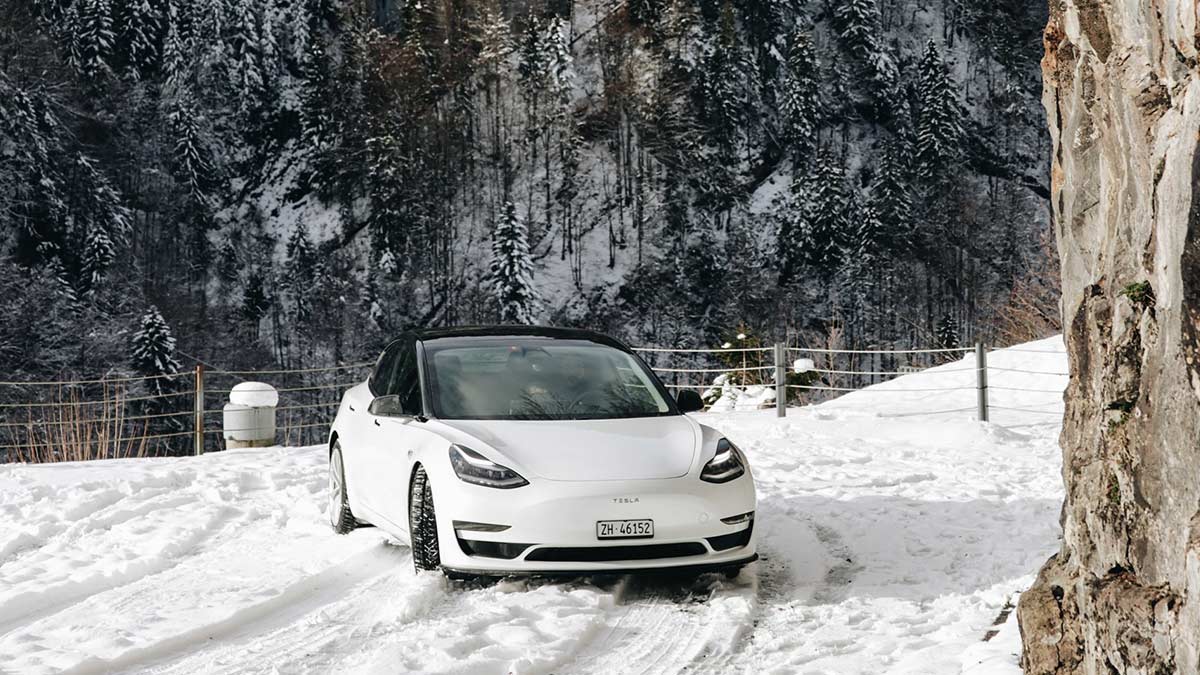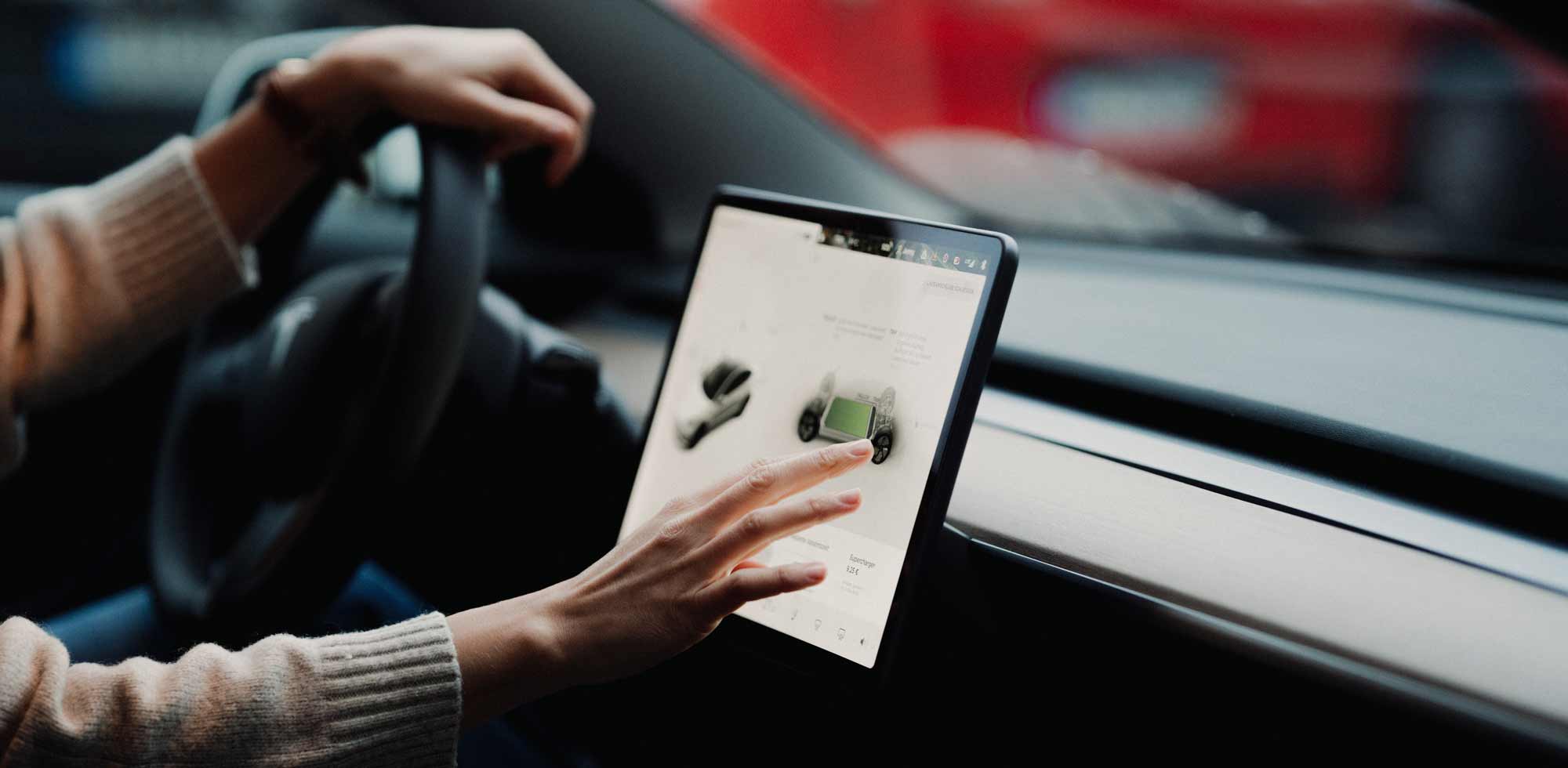Tesla offers three different packages for its autopilot - Basic, Enhanced and FSD - which offer different functions. While the Basic Autopilot is equipped as standard, the other two packages cost a large surcharge.
So what is the difference that justifies this? And is the most expensive package worth it?
Tesla Autopilot: differences between the packages
The Basic Autopilot installed in all Teslas has two main functions in addition to essential safety functions such as emergency brake assist: cruise control, which is basically a cruise control system that also keeps its distance from vehicles in front of you, and steering assist, which can steer itself if lane guidance is clearly recognizable.
While this is already part of the paid upgrades offered by many other manufacturers, Tesla is just getting started.
The "Enhanced Autopilot" package offers many features "on top" for an additional €3,800. These include Lane Change Assist, which automatically changes lanes when the turn signal is activated, and the "Navigate with Autopilot" beta, which can automatically navigate through freeway slip roads, exits and junctions. In addition, "Autopark" provides assistance when parking. "Summon" lets the vehicle park itself within a certain radius and navigate to the owner.
If you want even more, you can purchase the Full Self-Driving package for €7,500, which adds the Traffic and Stop Sign Assistant to the range of functions. This recognizes traffic lights and stop signs and brakes the vehicle automatically. Tesla is also promising buyers of this package a steering assistant for city traffic in the near future.
What is even possible in Germany?
Many of these functions sound great - but are they even allowed to be used in Germany, where far stricter rules apply than in the USA as a production country? In principle, yes, but under one important condition: all autopilot packages are classified as "Autonomous Driving Level 2" and therefore as assistance systems, which means that the driver must keep their hands on the steering wheel and be ready to intervene at any time.
Tesla also refers to this fact several times in the small print.
Is the purchase worth it?
Under these circumstances, is it worth buying the additional packages at all? After all, what is the point of having traffic light recognition if you still have to pay attention all the time? The answer to these questions also depends on how you primarily use your Tesla. If you generally only drive short distances, the basic autopilot with adaptive cruise control is completely sufficient. Although the automatic parking function of the next most expensive Enhanced Autopilot (EAP) is certainly nice to have, it is ultimately a gimmick that most people will rarely use.
Many of the really useful functions of the EAP only work on highways and motorways anyway. There they are quite helpful and make the journey more relaxed and less tiring. So if you travel a lot and for a long time on such routes, the extra charge may be worth it.
Paying another €3,700 more for the Full Self-Driving (FSD) package probably makes little sense for most people. Currently, you only get Traffic and Stop Sign Assist and the prospect of City Assist. In addition, you will probably be one of the first to receive future developments. However, nobody knows what these will be and to what extent you will be able to use them.
FSD is therefore currently only an option if you absolutely want everything that is technically possible. If you have an affinity for technology and want to experience Tesla's current best technologies, you will certainly have fun with the FSD package.





2 Comments
grease
Als Antwort auf diese Frage sei kurz gesagt:
Eine Rückfahrkamera ist in allen Tesla Modellen verbaut. Beim Rückwärts einparken hat man zusammen mit den Kameras an den Kotflügeln nach hinten filmen, dennoch eine perfekte Übersicht.
Radar oder Ultraschallsensoren seit Ende 2022 nicht mehr. Seit Dezember 23 gibt es aber für alle Modelle ohne Ultraschall und Radar Sensoren eine neue Einparkhilfe, die mittels Kameras die Umgebung als eine Art volumetrische 3D Voxel Cloud in Echzeit auf dem Bildschirm abbildet. Diese Anzeige ist ziemlich genau und hilft beim Einparken in sehr engen Situationen sehr.
Als Antwort auf diese Frage sei kurz gesagt:
Eine Rückfahrkamera ist in allen Tesla Modellen verbaut. Beim Rückwärts einparken hat man zusammen mit den Kameras an den Kotflügeln nach hinten filmen, dennoch eine perfekte Übersicht.
Radar oder Ultraschallsensoren seit Ende 2022 nicht mehr. Seit Dezember 23 gibt es aber für alle Modelle ohne Ultraschall und Radar Sensoren eine neue Einparkhilfe, die mittels Kameras die Umgebung als eine Art volumetrische 3D Voxel Cloud in Echzeit auf dem Bildschirm abbildet. Diese Anzeige ist ziemlich genau und hilft beim Einparken in sehr engen Situationen sehr.
Ronald Gneiting
Hallo Herr Kopp,
dank für die Beschreibung der verschiedenen Autopilot Pakete. Aber wenn ich es richtig verstehe, beinhaltet das Basic Paket weder eine Rückfahrkamera noch Frontsensoren (Radar, Ultraschall), so dass man beim Einparken quasi wie in alten Zeiten “blind” ist. Das ist für mich eigentlich heute eine Selbstverständlichkeit und wäre für mich bzgl. Kauf des neuen M3 ein Ko-Kriterium. Haben Sie auch Info zum neuen M3 was genau am Fahrwerk geändert wurde. Ich frage deshalb, weil die alten M3 und MY doch erhebliche Probleme mit Lagerspiel, Achsschenkel etc. beim TÜV haben.
Gruß
Ronald Gneiting
Hallo Herr Kopp,
dank für die Beschreibung der verschiedenen Autopilot Pakete. Aber wenn ich es richtig verstehe, beinhaltet das Basic Paket weder eine Rückfahrkamera noch Frontsensoren (Radar, Ultraschall), so dass man beim Einparken quasi wie in alten Zeiten “blind” ist. Das ist für mich eigentlich heute eine Selbstverständlichkeit und wäre für mich bzgl. Kauf des neuen M3 ein Ko-Kriterium. Haben Sie auch Info zum neuen M3 was genau am Fahrwerk geändert wurde. Ich frage deshalb, weil die alten M3 und MY doch erhebliche Probleme mit Lagerspiel, Achsschenkel etc. beim TÜV haben.
Gruß
Ronald Gneiting